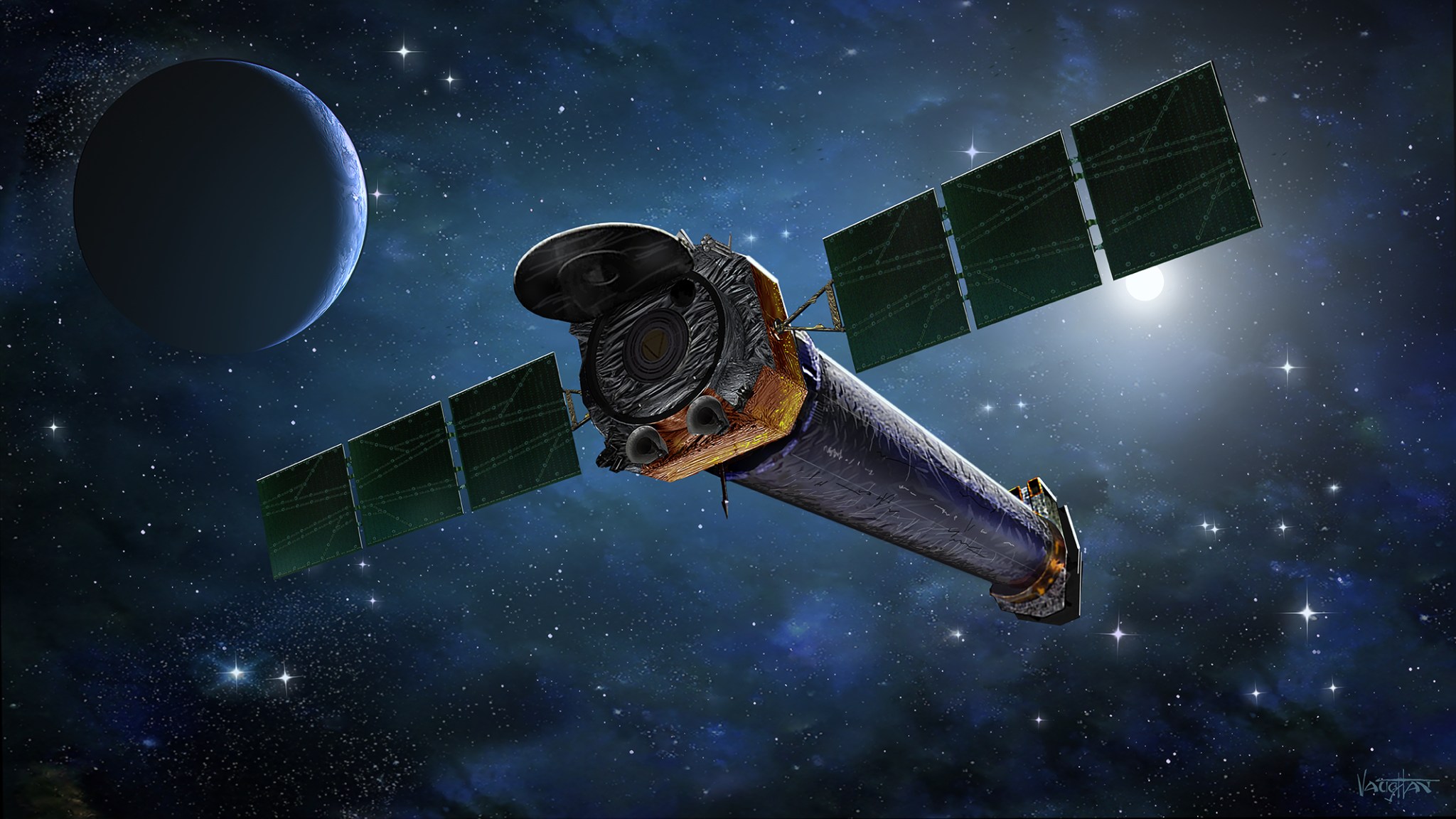Overview: Chandra X-ray Observatory
The Chandra X-ray Observatory is part of NASA’s fleet of “Great Observatories” along with the Hubble Space Telescope, the Spitizer Space Telescope and the now deorbited Compton Gamma Ray Observatory. Chandra allows scientists from around the world to obtain X-ray images of exotic environments to help understand the structure and evolution of the universe. The Chandra X-ray Observatory program is managed by NASA’s Marshall Center for the Science Mission Directorate, NASA Headquarters, Washington, D.C.The Smithsonian Astrophysical Observatory (SAO) in Cambridge, Mass., is responsible for the conduct of the day-to-day flight operations and science activities from the Operations Control Center and Chandra X-ray Center (CXC) facilities. The CXC Web site is the primary resource for information on the Chanda X-ray Observatory mission.
Chandra X-ray Astronomy
The “X-ray universe” refers to the universe as observed with telescopes designed to detect X-rays. X-rays are produced in the cosmos when matter is heated to millions of degrees. Such temperatures occur where high magnetic fields, or extreme gravity, or explosive forces, hold sway.
A vast cloud of hot gas in a cluster of galaxies can be several million light years across and contain enough matter to make hundreds of trillions of stars. X-ray telescopes can also trace the hot gas from an exploding star or detect X-rays from matter swirling as close as 90 kilometers from the event horizon of a stellar black hole.
When charged particles collide — or undergo sudden changes in their motion — they produce bundles of energy called photons that fly away from the scene of the accident at the speed of light. In fact they are light, or electromagnetic radiation, to use the technical term. Since electrons are the lightest known charged particle, they are most fidgety, so they are responsible for most of the photons produced in the universe.
The Chandra X-ray Observatory, which was launched by Space Shuttle Columbia in 1999, can better define the hot, turbulent regions of space. This increased clarity can help scientists answer fundamental questions about the origin, evolution, and destiny of the universe.
Courtesy of Chandra X-ray Center (CXC)



























